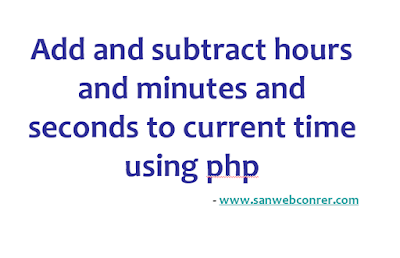

Each time zone is described by an identifier and usually has the format region/city (Asia/Tokyo) and an offset from Greenwich/UTC time.For example, the offset for Tokyo is +09:00. A time zone is a region of the earth where the same standard time is used.Var olderDate = moment(now).subtract(3, 'minutes').toDate() Then add/subtract the offset from the initial time value. subtract method, allows you to subtract a certain amount of time units from a date, by providing the amount and a timeunit string. If the date is Invalid then the getTime method will return NaN which is not equal to itself. If the date is valid then the getTime method will always be equal to itself. Check if the variable d is created by Date object or not by using (d) method. subtract method, allows you to subtract a certain amount of time units from a date, by providing the amount and a timeunit string. Approach 2: Store the date object into a variable d. Moment.js has some really nice convenience methods to manipulate date objects moment.js has some really nice convenience methods to manipulate date objects. I recommend using luxon for JavaScript related projects when you are doing anything more complicated than the above mentioned that requires arbitrary timezones or leap years or days of the month etc. You can specify a date value by: Specifying the date value as a literal. This is the basic version which I adapt to fit a specific project. For each DATE value, Oracle stores the following information: century, year, month, date, hour, minute, and second. You can choose to localize it or internationalize it natively with Intl. Formatting a date in a nice way, using infamous 'time ago' function. Then let JavaScript display the date and worry about what day of the week it is or what day of the month and year etc. Or const aMinuteLess = new Date( someDate.getTime() - 1000 * 60 ) When working with number of milliseconds/seconds/hours/days/weeks (static quantities), you can do things like this const aMinuteAgo = new Date( Date.now() - 1000 * 60 ) The date constructor can take in a number as a single argument which is interpreted as ticks. Ticks mean milliseconds since Jan 1st, 1970 at 0:0:0 UTC. Expected values are 0-59, but other values are allowed: -1 will result in the last minute of the previous.
#Javascript time minus minutes code
The valueOf() a Date is the number of milliseconds since There are 60,000 milliseconds in a minute :- In the code below, a new Date is created by subtracting the appropriate number of milliseconds from myEndDateTime. tMinutes(endDate.getMinutes() - durationInMinutes) Once you know this: You can create a Date by calling the constructor with milliseconds since Jan 1, 1970. You can also use get and set minutes to achieve it: var endDate = somedate Var myStartDate = new Date(myEndDateTime - durationInMinutes * MS_PER_MINUTE) In the code below, a new Date is created by subtracting the appropriate number of milliseconds from myEndDateTime: var MS_PER_MINUTE = 60000

There are 60,000 milliseconds in a minute :-].The valueOf() a Date is the number of milliseconds since Jan 1, 1970.You can create a Date by calling the constructor with milliseconds since Jan 1, 1970.


 0 kommentar(er)
0 kommentar(er)
